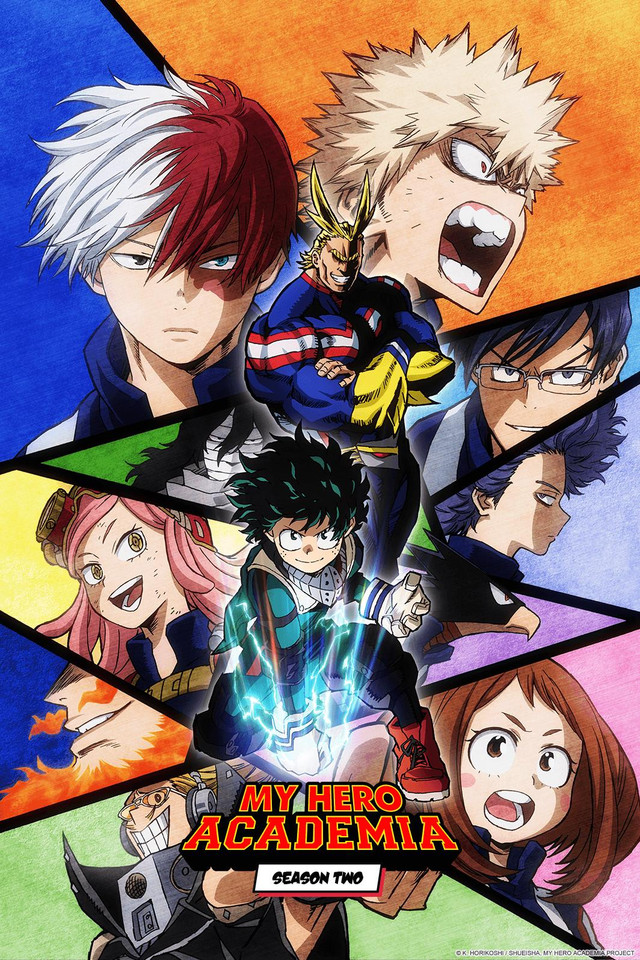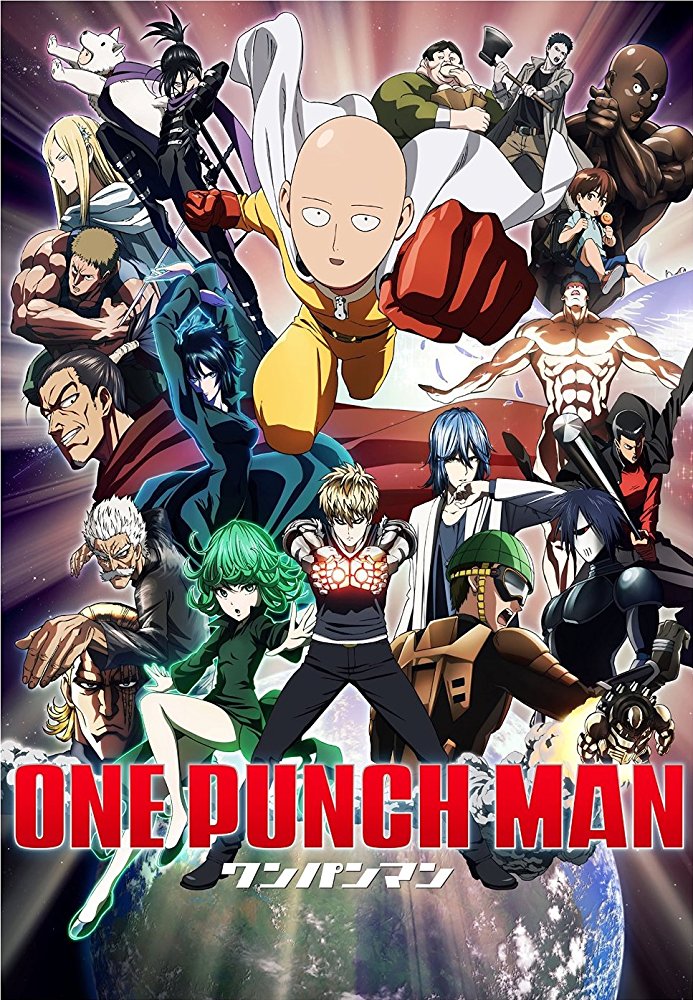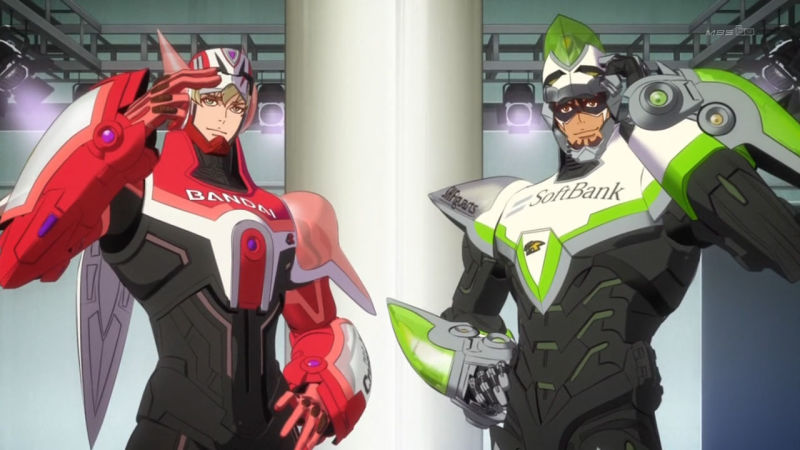The following is a guest post from Aldo Gomez.
With the rise of DC and Marvel in the international film market, it’s not a surprise to see more western style heroes join the ranks of anime shows from Japan. My Hero Academia is an example of the medium embracing the superhero genre to great success as we approach a third season for the show and the manga continues to publish with great sales numbers.
Japan has always had its own entertainment culture and while the most prominent stuff can crossover with the western equivalent, think cowboys and samurais, it’s not a very common occurrence, we never see teen dramas about visual-kei or ganguro girls outside of Japan. Superheroes are not much different, Japan has had its own version of hero genre in anime and live action television most prominently known as the series Super Sentai or, as we know it in the US, Power Rangers.

Super Sentai shows tend to differ from western heroes in a variety of ways such as usually having a team of 3 or more rangers, giant robots, and giant monsters, and typically are done in live action. Though the Tatsunoko Production Company has the anime sphere covered with its own franchises like Gatchaman (more commonly known in the west as Battle of the Planets), Yatterman, and Casshern. Shows like Saint Seiya: Knights of the Zodiac and Astro Boy could be considered superhero shows but they tend to be categorized as shounen battle shows and sci-fi mecha style shows instead.
To explain why shows like My Hero Academia, Tiger and Bunny, and One-Punch Man are different, we have to define what the western hero is, precisely. Think Superman and Spider-Man, they are usually lone heroes, their abilities tend to be physically their own regardless of how they obtained them, bright colorful skintight outfits, and their reasoning for being a hero is self-imposed, usually out of a sense of responsibility or desire to protect others, and a focus is placed on their connection to the common person they protect.

Japanese superheroes tend to lean towards being chosen by a higher power or destiny, a lot of their skill comes from technology or the suit given to them, and while their outfits are colorful and could give Wolverine and The Flash a run for their money, their battles and villains tend to focus more on the fight and the spectacle usually disregarding citizens, though this is sometimes done because they fight in empty arenas or citizens are shown leaving the place before they can be hurt.
There have also been other anime based on existing superheroes from both Marvel and DC Comics, though the results have usually been forced and mediocre, even including new franchises made exclusively for anime like Stan Lee’s Heroman series.
So why are My Hero Academia and One-Punch Man such an anomaly in the hero space? The answer comes down to how much these series are inspired by heroes like Batman, Spider-man, and Superman. Looking at the big heroes of the shows, All Might and Saitama, we can see the inspirations; both have herculean strength, colorful caped costumes, both decided to fight on their own accords (though Saitama does it for the thrill rather than responsibility), both tend to fight alone, and there is a distinct focus on their relationship with the general populace, how they are seen as heroes, and their citizens-first policy before engaging in combat with their villains.
However, the thing these two shows do differently than most comic book heroes is the celebrity like status of the heroes, unlike the Avengers and the Justice League, the organizations tend to employ, rank, pay and advertise their heroes. They’re not often seen working outside of the law, instead working alongside the police as a separate legal entity with rules regulating the use of powers; My Hero Academia uses this to its advantage as vigilantes are a rare breed and seen as outsiders, and one of the earliest villains, Stain, questions the validity of a hero if they are celebrities first and protectors second; and it’s in these philosophical questions that the show succeeds spectacularly, even if this isn’t an original concept in the west.

My Hero Academia really embraces it’s western roots while mixing it up with some of the genre’s strengths, like having a clear goal for the protagonist rather than just going on for 50 years, beautiful animation from one of the better visual directors, and a great set of protagonists, which even though they work together and are an ensemble cast, are not a team as each one has their own goal and motivation for becoming a hero.
If you love superheroes you should be checking out Japan’s anime offerings such as the previously mentioned My Hero Academia, One-Punch Man, Tiger and Bunny, Samurai Flamenco, Gatchaman Crowds, Casshern Sins, and Yatterman Night.